The Ultimate Guide to Smarter Home Security Cameras
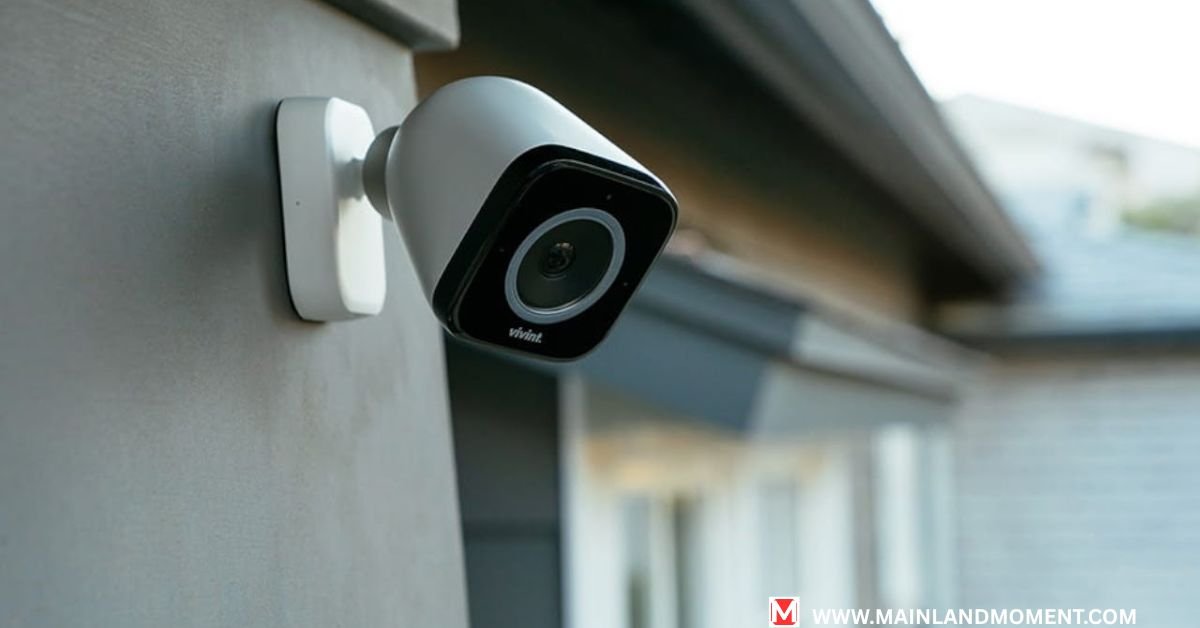
When Sarah left for her weekend getaway, she did not expect to get a smartphone alert showing a stranger testing her front door handle at 2 AM. But thanks to her recently installed security camera system, local police responded within minutes, preventing what could’ve been a devastating break-in.
This is not just a random anecdote it is becoming an everyday reality. Home security cameras have transformed from clunky, expensive systems only businesses could afford to sleek, powerful guardians that fit any budget and home. Recent FBI data shows homes without security systems are 300% more likely to be broken into, yet only 38% of Americans have invested in this protection.
I have spent years testing and reviewing home security technology, and I’ll tell you right now 2025’s cameras aren’t anything like what was available even three years ago. They’re smarter, more capable, and frankly, they’ve become essential household tools rather than luxury add-ons.-
Let’s cut through the marketing hype and explore what today’s security cameras can actually do for you, what features matter most, and how to set up a system that genuinely protects what’s precious to you.
Why Your Home Needs a Security Camera Revolution in 2025
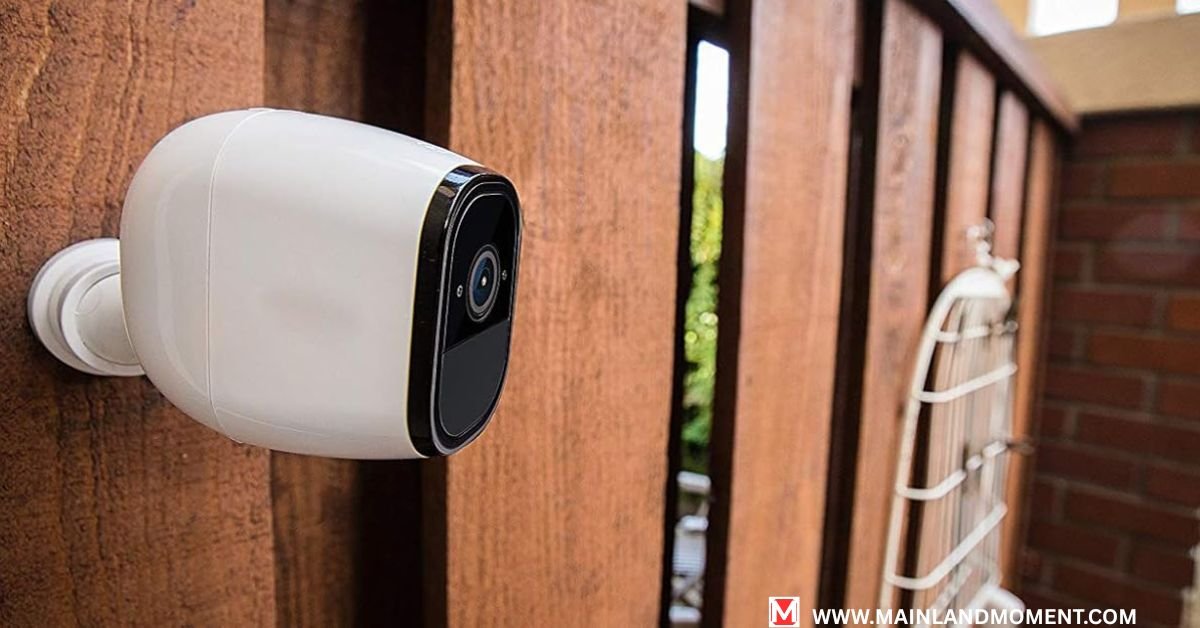
You might wonder if security cameras are worth the investment. After all, you’ve gone this long without them, right? But consider these facts:
The average home burglary results in $2,800 in losses, yet decent camera systems now start under $300. Property crimes evolve constantly package theft alone affected 49 million Americans last year, up 23% from the previous year according to a recent C+R Research report.
“Most burglars spend less than 60 seconds breaking into a home,” explains former security consultant Michael Thompson. “The sight of a camera can be enough to send them looking for an easier target.”
But crime prevention is just the beginning. Today’s systems play multiple roles:
- They create accountability for service providers entering your home
- They’ve become vital childcare tools, letting parents check in remotely
- They provide evidence for insurance claims beyond break-ins
- They offer peace of mind for families caring for elderly relatives
The integration with other smart home features makes them even more valuable. Imagine your outdoor lights automatically illuminating when a camera detects movement, or your smart speaker announcing when someone approaches your door.
The cost-benefit equation has shifted dramatically too. Many insurance companies now offer discounts between 5-15% for homes with monitored security systems. When you factor in these savings alongside the dropping prices of quality equipment, cameras often pay for themselves within a couple of years.
The real revolution is not just about better hardware it is about how these systems have become accessible and practical for everyday life.
Unlock the Power of Next-Gen Security Cameras
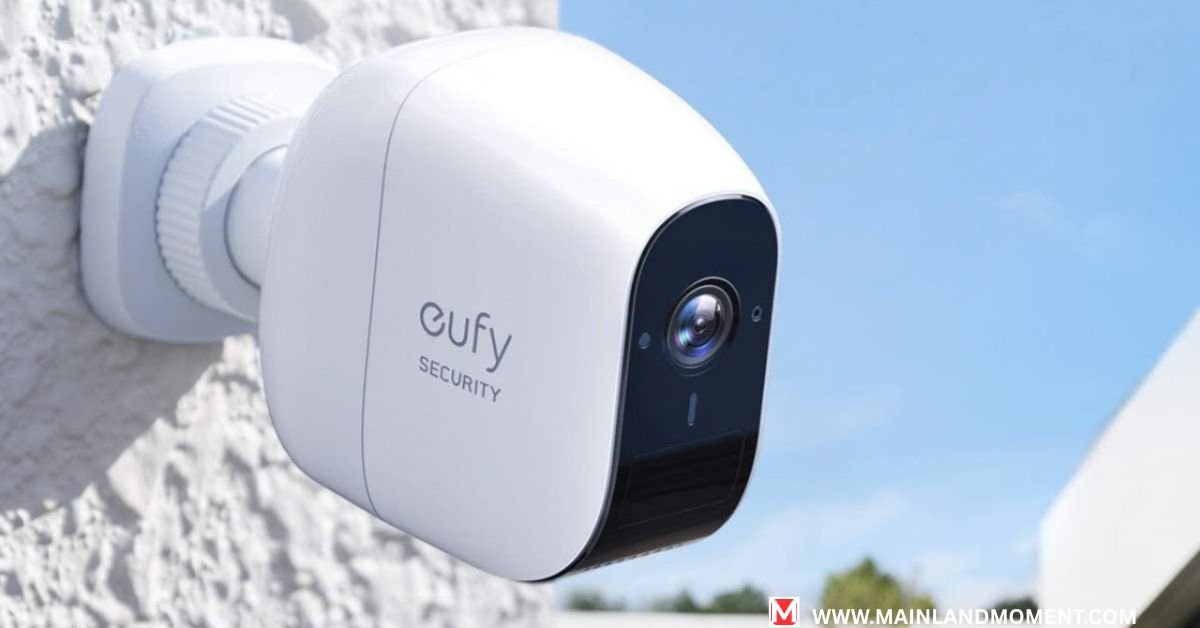
Remember when security footage looked like grainy, black-and-white blurs? Those days are long gone.
Today’s night vision technology has taken dramatic leaps forward. Traditional infrared cameras use IR LEDs to illuminate the darkness invisibly, capturing clear black-and-white footage up to 30 feet away. But the latest color night vision systems, using starlight sensors and ambient light amplification, can capture detailed color footage even in minimal lighting conditions.
The difference is not just cosmetic color footage makes identifying crucial details like clothing or vehicle colors possible, details that might solve a crime.
But the real game-changer is artificial intelligence. Modern cameras don’t just record they understand what they’re seeing.
“The false alert problem plagued early motion-detection cameras,” notes security expert Lisa Chen. “Now, AI can distinguish between a person approaching your door, a delivery truck, neighborhood cats, or trees swaying in the wind.”
This intelligence manifests in several crucial ways:
- Person detection that ignores animals, vehicles, or moving plants
- Facial recognition that can identify family members (and notify you about strangers)
- Package detection that alerts you when deliveries arrive and if they’re removed
- Customizable activity zones that monitor specific areas while ignoring high-traffic sections
Take the new Arlo Pro 5, which can tell the difference between people, animals, vehicles, and packages sending you specific alerts based on what matters to you. Or Google Nest’s familiar face alerts that can announce specific family members by name.
These systems connect seamlessly with the rest of your smart home, too. When your camera spots someone at the door, your lights can turn on, your smart display can show the video feed, and your phone gets an instant notification. You can create custom routines like having lights flash if motion is detected at night, or automatically unlocking smart locks when familiar faces approach.
This interconnectivity transforms separate gadgets into a comprehensive home awareness system that works for you around the clock.
Guard Your Home Like a Pro: Top Camera Features You Can't Ignore
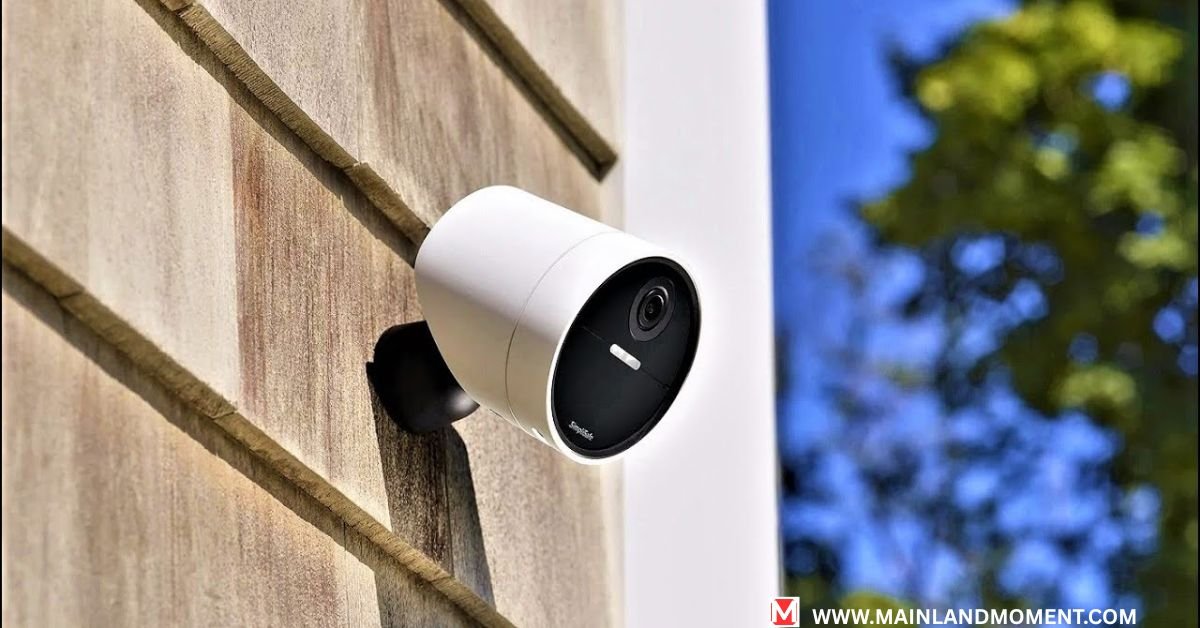
Not all security cameras are created equal. When I’m evaluating systems for clients or my own home, here’s what truly matters:
Resolution determines whether you’ll capture usable evidence or just blurry shapes. While 1080p has been the standard, 2K and 4K cameras provide substantially more detail, especially when you need to zoom in on distant objects or faces. The difference becomes critical when you’re trying to identify license plates or facial features from your driveway or street.
For example, a 4K camera can clearly capture a license plate from 50 feet away, while a 1080p camera might show just an unreadable blur. But remember higher resolution means larger video files and more bandwidth usage.
Field of view determines how much area a single camera covers. Standard cameras offer 110-130 degrees of coverage, while wide-angle options can reach up to 180 degrees. Pan-Tilt-Zoom (PTZ) cameras can swivel to cover 360 degrees and zoom in on specific areas of interest.
For maximum coverage with minimum equipment, strategic placement matters more than raw specs. A 180-degree camera placed at a corner of your house will cover more ground than a 130-degree camera in the middle of a wall.
Weather resistance isn’t optional for outdoor cameras. Look for IP65 ratings or higher, which ensure protection against dust and water jets from any direction. For severe weather regions, operating temperature ranges matter too some cameras fail in extreme heat or cold.
The Eufy SoloCam withstands temperatures from -4°F to 122°F and carries an IP67 rating, making it suitable for desert heat and winter storms alike. Meanwhile, cheaper models often fail after a single season of weather exposure.
Storage options determine whether your footage will be available when you need it most. Consider:
- Cloud storage: Convenient but typically requires subscription fees ($3-10 monthly). Footage remains safe even if your camera is stolen or damaged.
- Local storage: One-time cost via microSD cards or dedicated Network Video Recorders (NVRs). No recurring fees, but vulnerable to theft or damage.
- Hybrid approaches: Some systems store critical events in the cloud while keeping routine footage locally.
The right solution depends on your specific needs. For rental properties or high-crime areas, cloud backup provides essential protection. For most homes, a hybrid approach offers the best balance of cost and security.
These foundational features form the backbone of any effective security camera system. Don’t let flashy marketing distract you from these essentials.
From Porch Pirates to Peace of Mind: How Security Cameras Save the Day
Real stories demonstrate the practical value of security cameras better than technical specifications ever could.
Take James from Portland, who installed a doorbell camera after neighborhood package thefts increased. “The camera caught a woman taking my package in broad daylight,” he recalls. “Police identified her from the footage, and she was connected to dozens of other thefts in the area.” The porch pirate’s crime spree ended because one homeowner invested in a $120 camera.
Or consider the Ramirez family, whose outdoor cameras captured footage of sparks from their neighbor’s electrical box before it erupted into flames. Their early warning allowed firefighters to respond before the fire spread to surrounding homes, saving millions in potential damage.
These are not isolated incidents. A 2022 study by the Urban Institute found neighborhoods with high camera density experienced 13% fewer property crimes compared to similar areas without cameras.
Beyond preventing crime, cameras provide daily peace of mind. Parents check in on teenagers arriving home from school. Pet owners monitor their furry friends during work hours. Adult children keep an eye on elderly parents living independently.
“I installed a camera system for my mother who lives alone,” shares Grace, a software engineer. “Last month, it alerted me when she fell in her kitchen. I was able to immediately call emergency services while staying on the phone with her. The doctor said our quick response prevented serious complications.”
The psychological benefits extend beyond practical applications. A 2023 survey by the Home Security Association found 94% of camera owners reported feeling safer in their homes after installation, with 78% claiming reduced anxiety when traveling.
Some neighborhoods have even created shared security networks, where residents can (with proper privacy controls) share relevant clips with trusted neighbors. These networks have helped recover stolen bicycles, find lost pets, and identify suspicious behavior before crimes occur.
When evaluating the true value of security cameras, these everyday victories often invisible in product marketing reveal their real-world impact.
Wire-Free, Worry-Free: The Rise of Hassle-Free Home Security Cameras
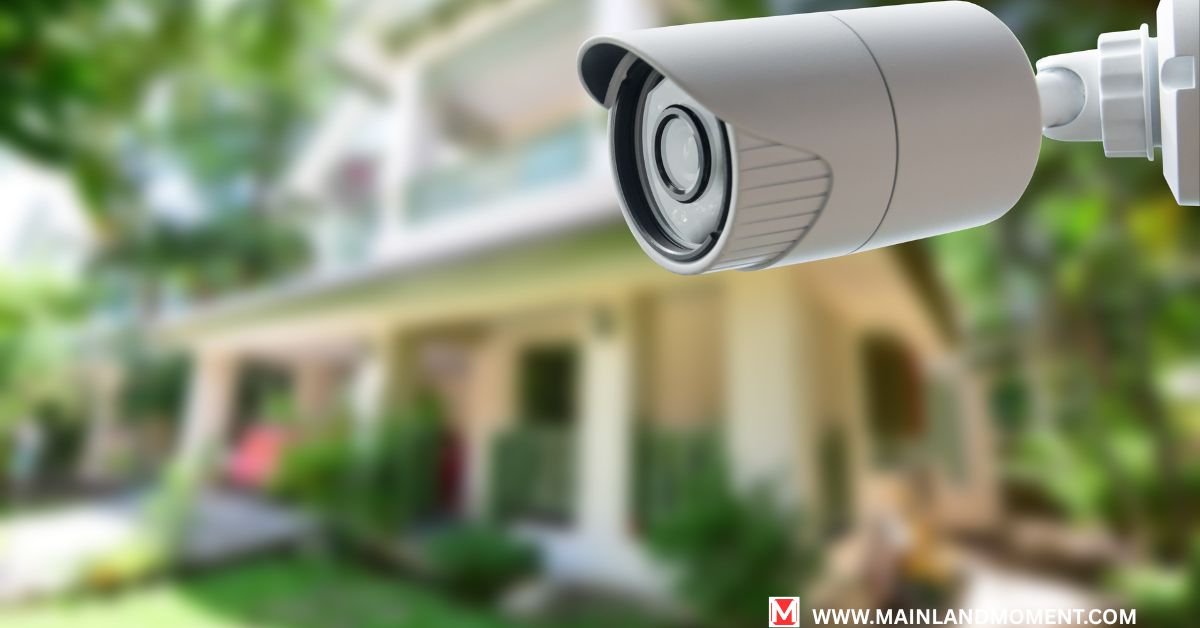
Remember when installing security cameras meant drilling holes, running cables through walls, and possibly hiring an electrician? Those days are disappearing fast.
Today’s wire-free cameras have revolutionized how we protect our homes. They have removed the biggest barrier to adoption complicated installation while solving the power and connectivity challenges that plagued early wireless models.
Battery technology has made impressive leaps. While first-generation wireless cameras needed recharging every few weeks, today’s models can run for 6-12 months on a single charge under normal usage conditions. The Blink Outdoor camera claims up to two years of battery life, while the Ring Stick Up Cam Battery typically delivers 6-12 months depending on activity levels.
For truly perpetual operation, solar charging has become increasingly effective. Even modest solar panels can now keep batteries topped up in areas receiving just 3-4 hours of indirect sunlight daily. The Eufy SoloCam S40 and Ring Solar cameras have proven remarkably reliable even through cloudy winter months in my testing.
Smart power management makes this possible. Rather than recording continuously, these cameras remain in low-power standby until motion triggers recording. Advanced systems use radar and infrared sensors for detection, which consume far less power than keeping image sensors and processors running constantly.
Connectivity has improved dramatically too. Modern cameras connect reliably to Wi-Fi networks at distances up to 300 feet under ideal conditions. Many include signal strength indicators during setup to help you find optimal placement.
For homes with connectivity challenges, mesh Wi-Fi systems have been game-changers, eliminating dead zones and ensuring cameras maintain stable connections. Some premium systems like the Arlo Pro 5 include dual-band Wi-Fi support, automatically switching between 2.4GHz (better range) and 5GHz (faster speeds) as needed.
Installation has become remarkably straightforward:
- Charge the battery
- Connect to your Wi-Fi network via smartphone app
- Mount the camera using included hardware or magnetic mounts
- Adjust settings and detection zones
Most systems can be completely installed in under 30 minutes with basic tools. Compare that to the half-day or longer professional installations of wired systems!
This simplicity has transformed security cameras from specialized equipment requiring technical expertise into accessible consumer devices that anyone can successfully deploy.
Your Home, Your Fortress: Choosing the Perfect Security Camera Setup
Creating an effective security system isn’t just about buying the best cameras—it’s about strategic deployment that maximizes coverage while respecting practical constraints.
Start by mapping vulnerability points. Every home has primary entry risk areas:
- Front and back doors (34% of burglars enter through the front door)
- First-floor windows (23% of entries)
- Side and garage doors (22% combined)
- Second-floor access points (particularly those near trees or climbing surfaces)
Your first cameras should cover these high-risk areas before expanding to secondary locations. Many homeowners make the mistake of installing cameras in low-risk areas while leaving vulnerable points uncovered.
Indoor cameras require thoughtful placement. While covering main living areas and entryways makes sense, consider:
- Family privacy needs (bedrooms and bathrooms should generally remain camera-free)
- Points that observe multiple rooms or hallways
- Valuable item storage areas
- Pet or baby monitoring requirements
A single well-placed indoor camera covering your main entrance and living area often provides more value than multiple cameras with redundant views.
Lighting significantly impacts camera effectiveness. Cameras facing bright windows may be blinded during daytime, while areas without ambient light challenge night vision capabilities. Consider:
- Avoiding cameras pointing directly at sunrise/sunset positions
- Adding motion-activated lighting to supplement night vision
- Using weather-resistant power outlets to avoid battery limitations for busy areas
Camera height and angle dramatically affect coverage. The ideal mounting height for most outdoor cameras is 8-10 feet, high enough to prevent tampering but low enough to capture facial details. Angle cameras slightly downward (about 30 degrees) for optimal coverage.
Start small and expand methodically. A quality system doesn’t require immediate full coverage. Begin with:
- A doorbell camera covering your front entrance
- One outdoor camera monitoring your most vulnerable access point
- One indoor camera covering your main living area or entrance hallway
This three-camera starter system typically provides 60-70% of the security benefit at about 30% of the cost of comprehensive coverage. You can add additional cameras over time as budget allows.
Remember that visible cameras serve dual purposes they capture evidence AND deter criminals. Consider placing dummy cameras alongside real ones to extend psychological deterrence beyond your actual coverage areas.
What's Watching Your Home? The Must-Know Trends in Security Camera Tech
The security camera landscape evolves constantly, with several emerging trends reshaping what these devices can do and how they integrate into our lives.
AI processing is moving from the cloud to the edge. Early smart cameras sent video to cloud servers for analysis, creating privacy concerns and requiring constant internet connectivity. Today’s advanced cameras incorporate AI processors directly in the hardware, analyzing video locally before sending only relevant clips to the cloud or your phone.
The Google Nest Cam with on-device processing can identify people, animals, and vehicles without uploading footage. Apple’s HomeKit Secure Video processes footage on your home hub devices, keeping sensitive data local. This shift balances powerful detection capabilities with enhanced privacy.
Privacy features have become selling points rather than afterthoughts. Look for:
- Physical privacy shutters that cover lenses when not in use
- Customizable privacy zones that block recording in specific areas
- Home/away modes that automatically disable indoor recording when you’re home
- End-to-end encryption preventing even the manufacturer from accessing your footage
"Consumers increasingly demand both security and privacy," notes cybersecurity researcher Dr. Amanda Wilson. "The companies winning market share understand these aren't opposing concepts they're complementary."
Sustainability continues gaining importance. Energy-efficient designs now include:
- Solar charging options even for indoor cameras placed near windows
- Replaceable batteries extending device lifespan
- Recycling programs for old equipment
- Lower-power standby modes reducing consumption by up to 70%
The Ring Solar Pathlight, for instance, combines motion-activated lighting with security cameras in a completely solar-powered package that never needs charging or wiring.
Subscription models remain contentious but are evolving. While many manufacturers push cloud subscriptions, consumer pushback has created alternatives:
- Longer free cloud storage periods (typically 1-7 days)
- More generous local storage options
- Hybrid approaches offering basic features without subscriptions
- One-time purchase options for premium features
Eufy and Wyze have gained market share specifically by emphasizing subscription-free operations, while established players like Ring have introduced lifetime subscription options for cost-conscious consumers.
Standardization is finally arriving. The Matter smart home protocol promises to unify previously fragmented ecosystems, allowing cameras from different manufacturers to work together seamlessly. While adoption remains in early stages, this could eliminate the current “walled garden” approach where consumers must commit to a single ecosystem.
Conclusion
Remember that the best security system is one you’ll actually use. Overly complicated setups often end up neglected or disabled out of frustration. Focus on core functionality that addresses your specific concerns rather than chasing every possible feature.
Your home should not feel like a surveillance state it should feel safer because you’ve implemented thoughtful technology that protects what matters most. With strategic planning and the right equipment, you can create a security system that provides genuine protection without constant maintenance or intrusive presence.






